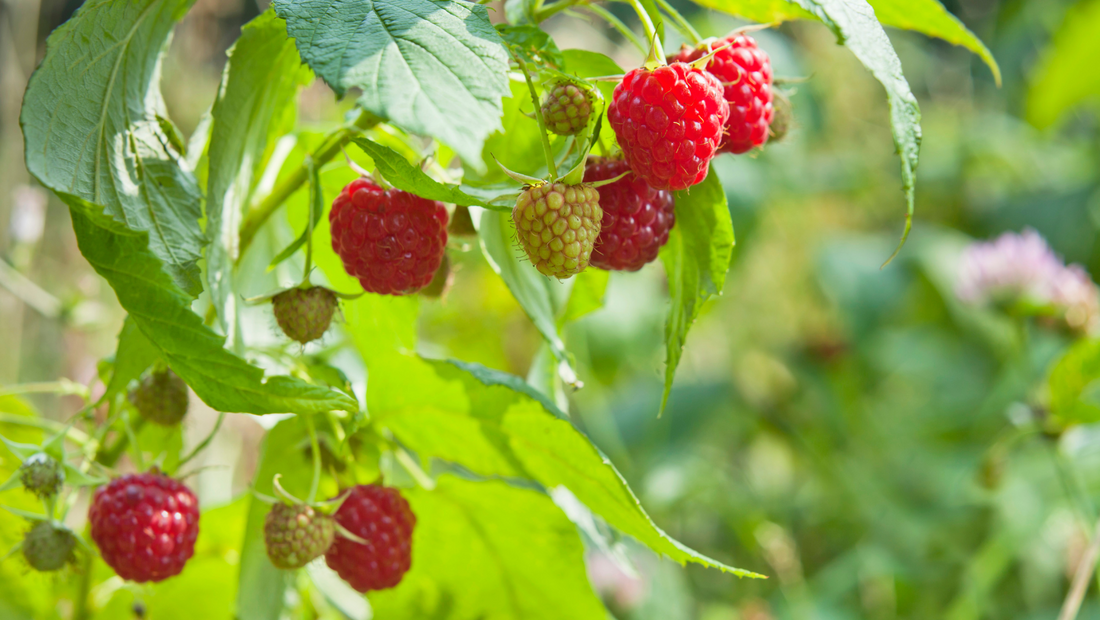
Planting a Legacy: The Revolutionary Idea of Food Forests
Share
When we think of farming, we often picture neat rows of single crops stretching to the horizon. But what if the most productive farm wasn’t a field, but a forest? This isn't a fairy tale—it’s the revolutionary, and ancient, idea behind food forests. A food forest is a self-sustaining ecosystem designed to mimic the layered structure of a natural forest, but with one crucial difference: every plant is a source of food, medicine, or utility. It's a method of agriculture that works with nature, not against it, creating a system that is both bountiful and resilient.
What is a Food Forest?
A food forest, or a forest garden, is an intentional planting of edible plants in a way that creates a thriving, multi-layered ecosystem. Unlike a traditional garden that requires constant human intervention—weeding, tilling, and fertilizing—a food forest, once established, largely takes care of itself. It is built on a series of "layers" that work together in harmony.
Think of it like an apartment building for plants:
-
Canopy Layer: The tallest trees, like fruit or nut trees.
-
Low-Tree Layer: Smaller fruit trees.
-
Shrub Layer: Berry bushes and other low-lying shrubs.
-
Herbaceous Layer: Perennial herbs, vegetables, and flowers.
-
Groundcover Layer: Sprawling plants that protect the soil.
-
Rhizosphere (Root) Layer: Root vegetables like potatoes and carrots.
-
Vine/Climber Layer: Grapes, passionfruit, and other climbing plants.
By carefully selecting and placing plants that complement each other, you create a complex, interwoven web of life where each layer provides benefits to the others, such as shade, nutrients, and pest control.
The Principles of Working With Nature
The success of a food forest lies in its foundational principles. First and foremost is polyculture, the opposite of the monoculture we see in industrial agriculture. By growing many different species together, a food forest becomes incredibly resistant to pests and diseases. If a pest targets one type of plant, there are dozens of others to sustain the ecosystem.
Another core principle is permaculture, a design system based on ethical principles and observation of natural ecosystems. Permaculture aims to create permanent, regenerative agricultural systems that require minimal labor and create no waste. A well-designed food forest becomes a closed-loop system where falling leaves become natural mulch and compost, and plants like nitrogen-fixers enrich the soil for their neighbors.
Why Food Forests are the Future
Beyond the environmental benefits, food forests offer a host of advantages for communities and individuals. They create a diverse, nutrient-dense food source that is accessible and hyper-local. They require less water than traditional gardens, conserve biodiversity by providing habitats for pollinators and wildlife, and rebuild healthy soil over time.
For anyone looking to take control of their food supply, reduce their carbon footprint, and reconnect with nature, planting a food forest is an incredibly empowering act. It’s a move from being a consumer to becoming a creator, from a temporary gardener to a long-term steward of the land. It’s a legacy you can plant for future generations.
If you're interested in learning more, let's explore how to get started on your own food forest project or dive deeper into the specific plant layers that work best in different climates.
